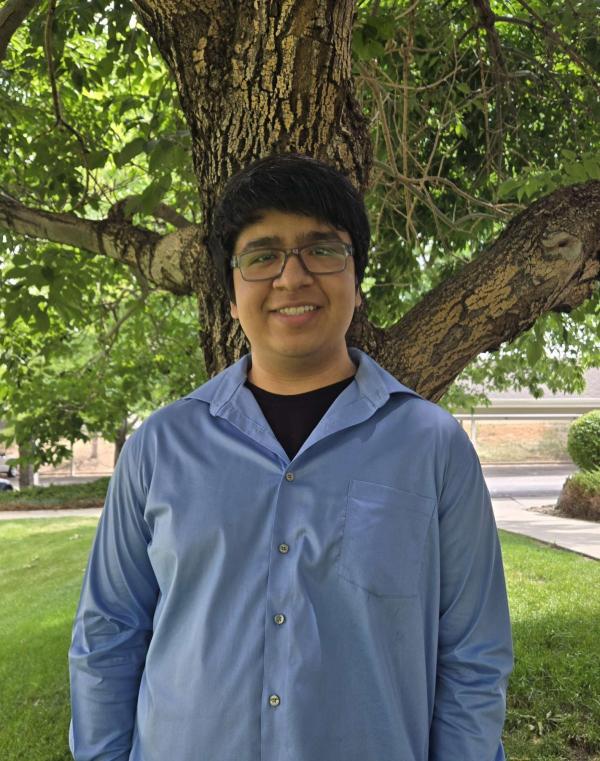 Axel Espinoza
Axel Espinoza
Master's Degree Candidate
Committee Members: Dr. Christopher Phiel, Dr. Carlos Infante, Dr. Xiaojun Ren
CU Denver Department of Integrative Biology
When: Tuesday, July 8th, 2025, 10:00am
Where: Science Building, Room 4127 (4th Floor Conference Room)
Polycomb Repressive Complex Subunit Interactions Underlying Developmental Gene Regulation
Polycomb group (PcG) proteins are a set of evolutionarily conserved epigenetic regulatory proteins vital for proper development of eukaryotic organisms. Polycomb repressive complex (PRC) 1 and 2 are PcG protein complexes that condense on chromatin through liquid-liquid phase separation. At these specific target genes, the complexes work in perpetuity with each other to deposit histone markers to the genome responsible for gene silencing, notably a trimethylation of lysine 27 on histone 3 (H3K27me3) done by PRC2. Previous experiments in the Ren lab have noted chromobox2 (CBX2), a PcG subunit of PRC1, as acting like a scaffold that condenses at sites rich with H3K27me3 modifications, where it recruits additional CBX-PRC1 PcG proteins. These H3K27me3 rich sites are known to be deposited by PRC2, which also condenses on these regions. However, it is unknown whether CBX2 affects the condensation properties and localization of PRC2 in living cells. With the usage of CRISPR/Cas9 mediated gene insertion, we tag and image SUZ12, a PcG subunit of PRC2 in a mouse embryonic stem cell line made to leverage CBX2 knockout. We show that SUZ12 forms condensates within living cells whose properties and numbers are affected by the presence of CBX2. We also show that CBX2 controls the spatial location of PRC2 and confirm that this extends to the PRC2 deposited H3K27me3
